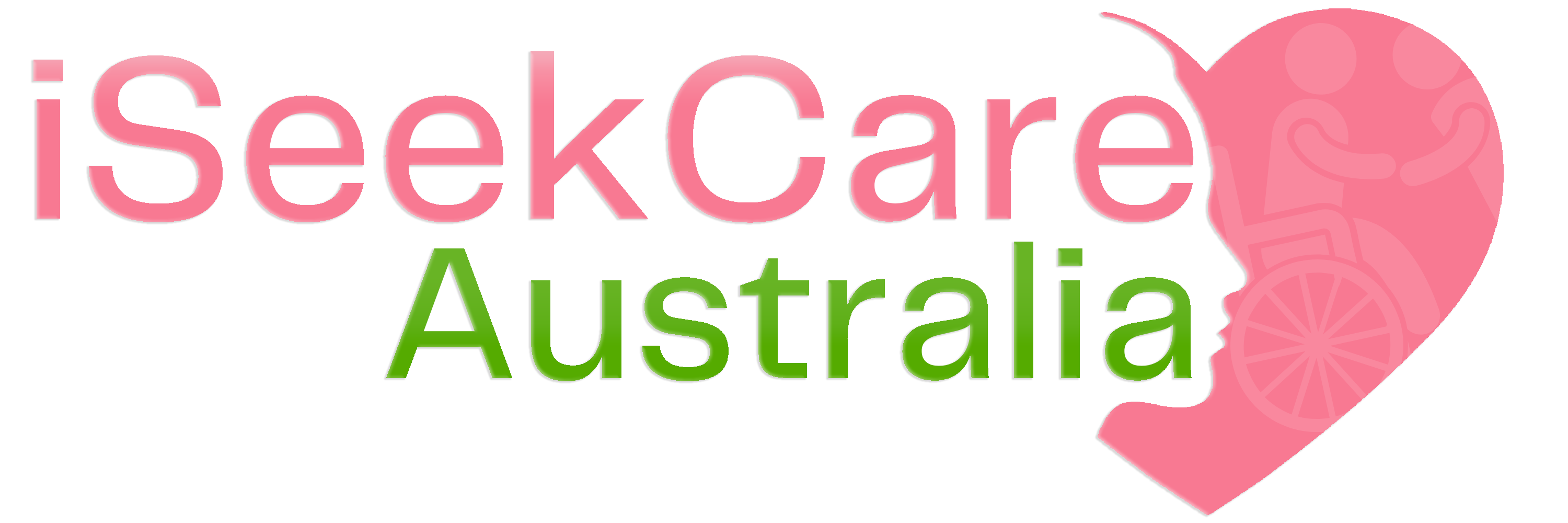Setting Boundaries with Clients: Strategies for Managing and Addressing Unacceptable Behavior
As a professional, setting boundaries with clients is crucial for maintaining a healthy and positive working relationship. However, addressing unacceptable behavior can be challenging. In this blog post, we will discuss effective strategies for managing and addressing client behaviour that crosses the line.

Clearly Define Expectations:
When you start working with someone, it’s important to talk about what you expect from each other and set some rules. This helps avoid any confusion or disagreements later on. By talking openly and clearly about what you both need and what’s okay and not okay, you can make sure everyone understands what’s expected. Good communication right from the start helps everyone know what to do and how to behave, making it easier to work together smoothly.
Use Assertive Communication:
When you need to talk to a client about something they’re doing wrong, it’s best to be confident and direct. This means being clear and firm when you tell them what’s wrong. It’s important not to be too aggressive or too soft. Being assertive means finding the right balance – being respectful but also making sure your message is heard loud and clear. So, when you talk to your client, make sure to be confident, straightforward, and respectful at the same time.
Set Consequences after an Unacceptable Behaviour:
If a client keeps doing something wrong even after you’ve talked to them about it, you might need to take action. This means telling them what will happen if they don’t stop. It’s important to let them know what the consequences will be if they keep behaving in a bad way. This can encourage them to change their behavior because they know there will be results if they don’t. So, if you have to, make sure to explain to your client what will happen if they don’t improve their actions.
Seek Support for an Unacceptable Behaviour:
When you’re having a hard time with clients who are being difficult, it can be tough on your emotions. It’s okay to ask for help when you need it. Talk to your coworkers or your boss if you’re feeling overwhelmed. They can give you advice, support, and make you feel better when things get tough. Remember, you’re not alone, and getting support from others can help you handle challenging situations better.
Know When to Walk Away:
Sometimes, even if you try your hardest, a client might keep acting in a way that’s not okay. If their behavior is making you feel bad or hurting your work, it might be time to end your relationship with them. This means you stop working with them to protect your mental health and reputation. It’s important to know when it’s time to step away from a situation that’s not good for you. Taking care of yourself is important, even if it means ending a professional relationship.
Conclusion:
Setting boundaries with clients and addressing unacceptable behaviour is an essential aspect of maintaining a healthy professional relationship. By clearly defining expectations, using assertive communication, setting consequences when necessary, seeking support from others, and knowing when to walk away if needed, you can effectively manage challenging situations with clients while prioritizing your own well-being as well. Remember that setting boundaries is not about being rude or confrontational – it’s about respecting yourself and ensuring a positive work environment for everyone involved.



